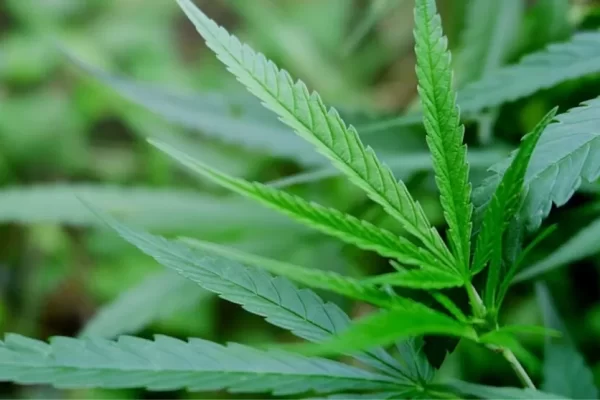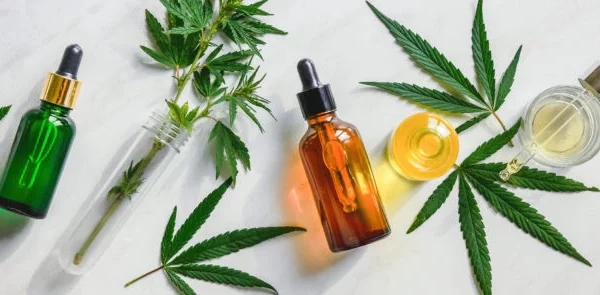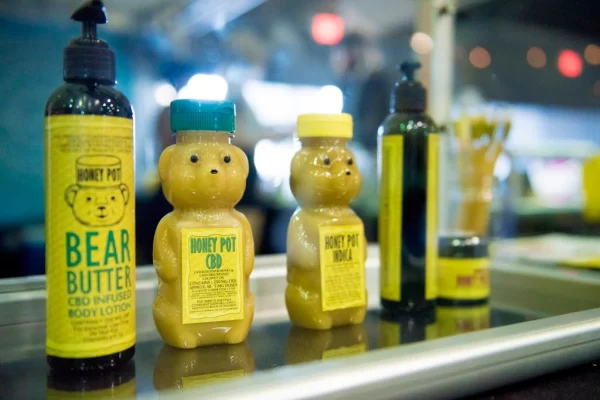CBD flower products have been making huge waves in the market in recent years. Now, CBD hemp flower refers to the natural, blossoming buds of female hemp plants that come with abundant quantities of CBD.
CBD flower is far superior to CBD oil, which is processed from plant matter, because it carries all the good things hemp has to offer, like terpenes, flavonoids, and cannabinoids. For this reason, CBD flower stands as a full-spectrum product, providing all the wonderful things hemp offers in one product. Also, unlike cannabis, CBD flowers aren’t intoxicating. That means you get to enjoy all the benefits cannabinoids are linked with, including pain relief, better sleep, and reduced stress and anxiety, all without getting high from the THC.
Since the discovery of all these benefits, CBD flower cultivation has grown tremendously. Today, hemp cultivation is booming and has revolutionized the agricultural sector, thanks to the nationwide legalization of the plant.
The global industrial hemp market was worth about $6.8 billion in 2022, with projections estimating it will reach $27 billion by 2027. But it wasn’t always like this. Hemp cultivation started from humble beginnings. So, here is the evolution of CBD flower cultivation:
Early Cultivation in China
Cannabis sativa is one of the oldest plant species we have today, dating back to the beginning of recorded history. That said, the first record of hemp cultivation was in China 10,000 years ago, and it’s widely believed that the plant originated there.
Now, the early Chinese people didn’t use hemp for the same reasons we do today. At first, the plant was used as food for both the people and the animals they kept. They later discovered that the plant material could be used to make all sorts of things, including ropes, shoes, clothes and paper.
Hemp Farming Spreads to Europe, the Mediterranean and the Americas
From China, hemp cultivation crossed over to Europe as well as the Mediterranean countries in the early ADs. By the 1500s, farmers were growing the species as far as Chile.
A century later, the plant was officially in North America. Hemp production picked up fast in the United States, and in the 1700s, it was a staple crop, and farmers were legally obliged to grow it. By the 1800s, the plant was commonplace in US farms. Now, early hemp production in the country was due to a demand for commercial cordage. So, when cotton production expanded in the South, most domestic hemp production was replaced.
Marihuana Tax Act of 1937 Makes Growing Hemp Flower Illegal
Unfortunately, in 1937, the US Congress passed a new law known as the Marihuana Tax Act. This act placed cannabis sativa species, including hemp, under the regulatory control of the US Treasury Department. Basically, you now had to seek a license from the federal government to grow hemp, which was not an easy process. On top of this, you had to pay a tax. Effectively, this discouraged growing hemp.
Even though hemp was restricted, it enjoyed a brief period of reprieve during World War II. For several years, the US sourced hemp raw materials from Asia, and joining the war cut off supplies. So, the government turned to domestic farmers, encouraging them to grow the plant in a program dubbed “Hemp for Victory.”
During this campaign, at least 150,000 acres of farmland grew hemp. Now, production continued briefly even after the war. But by 1957, commercial hemp production had ceased altogether.
The Discovery of CBD and Separating it from THC
Now, the ban on hemp production may have halted cultivation. However, research was still ongoing.
In 1940, researcher Roger Adams discovered Cannabidiol (CBD), a chemical present in cannabis sativa. Then, in 1963-1964, Dr. Raphael Mechoolam was able to separate CBD from the psychoactive component, THC. This breakthrough helped people not only understand CBD better, including its many health benefits but also break some of the false beliefs about it.
Unfortunately, legally, nothing changed. Then, in 1970, when the war on drugs was at its peak, producing industrial hemp was banned altogether under the Controlled Substances Act.
However, one state, New Mexico, passed a law recognizing CBD’s therapeutic qualities eight years later. At the federal level, however, it was still illegal to grow hemp. And that went on for decades.
Attitudes Towards Hemp Flower Begin to Change
In 1998, the importation and sale of hemp oil and hemp seed began. This was because the fiber, as well as the seed of the hemp plant, were actually not covered in the definition of what is outlawed in the Controlled Substances Act, and, therefore, these products were technically legal to sell. And so, hemp started to catch on in the local organic market, both in the textile market and as an edible.
In the same year, Canada permitted a section of farmers to grow hemp. This increased pressure locally, as farmers, especially in the North, questioned why they were not allowed to grow hemp.
By 2008-2009, CBD businesses in some parts of the country, including San Diego and Denver, had commercialized and were marketing CBD. Then, in 2014, state departments of agriculture and higher education institutions were given the green light to conduct pilot research programs on hemp production and marketing.
The 2018 Farm Bill Lifts Ban on Industrial Hemp Cultivation
Thanks to plenty of research, there was enough evidence to show that hemp actually didn’t contain the intoxicating element, THC, at least not in any significant quantity. And so, after nearly five decades of being illegal, hemp was reclassified and, consequently, delisted as a Schedule 1 drug under the Controlled Substances Act of 1970. This was thanks to the Hemp Farming Act under the 2018 Farm Bill.
Henceforth, states could now submit plans to cultivate hemp to the USDA for approval. These plans must cover all aspects surrounding hemp production, including farm inspection and product testing. If approved, then they could grow hemp for commercial purposes.
In 2019, the US Domestic Hemp Production Program came up with the Interim Final Rule, a guideline for the 2020-2021 hemp cultivation seasons.
Hemp Flower Cultivation Booms
Now that it is legal to grow hemp in any of the 50 states, anyone can actually cultivate the plant for industrial purposes. Nevertheless, you must possess a license or authorization within a state, tribal, or USDA hemp program to get started. The specific program under which you can obtain licensing will depend on your farm or facility’s location. Also, the hemp flower species allowed must have a maximum of 0.3 percent THC in dry weight.
So, you’d be in violation of the law if you grew hemp flowers without a proper license or cultivated strains containing more than the permitted THC content. You are also prohibited from producing hemp if you have a felony conviction linked to a controlled substance in the last decade.
Regardless, the legalization of Hemp production saw a boom in the industry, with fields springing up all over the country. From zero registered hemp farmland pre-2018 to 78,176 acres in 2018 and an incredible 511,442 acres in 2019. Most of this farmland is used to grow floral hemp, with the rest cultivated for fiber and grain.
That said, while it’s possible to grow hemp on a smaller scale, it is generally cultivated on a large scale, as growing it is usually costly. The average hemp flower farm in the US is about 22 acres, with an acre growing anywhere between 1500-2000 hemp plants under the right conditions.
Now, pre-2018, the small hemp for personal use that was in the market were derivatives like oils and tinctures. However, following the Farm Act of 2018, smoking dried, unprocessed CBD hemp flowers became a thing. Since then, knowledge around CBD flowers, including the higher amounts of CBD present, has only popularized the culture.
Move from Field to Greenhouse
Smokable hemp flower has no doubt become a popular way of consuming CBD. In fact, today, more consumers prefer to use premium CBD cannabis flowers to enjoy the host of health benefits as an alternative to conventional CBD tinctures.
But hemp is complicated to grow out in the field, where conditions are a lot more difficult to control. So, to meet the demand for high-quality, smokable hemp flowers, hemp growers are turning to greenhouses. Here, cultivators can set the right growing conditions, including climate, soil nutrients, light and even water, monitoring them at all times.
Greenhouse cultivation has seen an increase in not just the quality of the flowers but also the yield and profits.
CBD Flower Cultivation is Still a Growing Space with Benefits and Challenges
While hemp is nearly as old as human history, its cultivation over the last century has been marred by one legal challenge after another. So, there’s still much to discover about cultivating it in a way that minimizes costs and maximizes profits and quality. Still, the CBD market is one of the fastest-growing industries we have today, and as demand increases, expect production to soar along with it.





